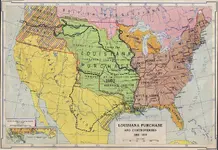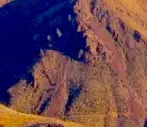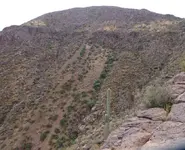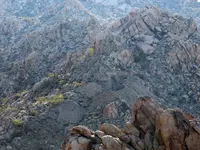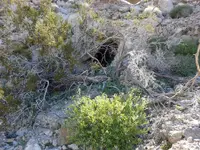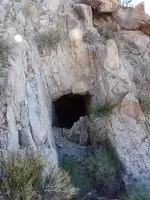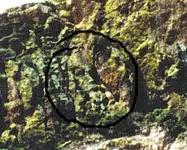Real de Tayopa Tropical Tramp
Gold Member
- Joined
- Nov 8, 2004
- Messages
- 14,582
- Reaction score
- 11,947
- Golden Thread
- 0
- Location
- Alamos,Sonora,Mexico
- Primary Interest:
- All Treasure Hunting
G'd afternoon Gully, Springfield, Bacanora, coffee, or both? You posted-->The Kings Percentage had nothing to do with the amount of mercury bought
~~~~~~~~~~~~~~~
The amount of processing chemicals /agents very definitely had a bearing on the king Take. First it was a royal concession on all forms of salt. Only the King was allowed to own salt works without special Royal permission. A certain mount of salt basically would only produce so much Silver or Gold Chloride--Patio process - so it was a crude form of taxation. Later the Ag collection system was developed, and the king again took over all Mercury producers as a taxation control process.
I.E. If you can control the basic, yet critical extraction chemicals, you can use that as a crude form of production taxation.
Don Jose de La Mancha Land Rover
~~~~~~~~~~~~~~~
The amount of processing chemicals /agents very definitely had a bearing on the king Take. First it was a royal concession on all forms of salt. Only the King was allowed to own salt works without special Royal permission. A certain mount of salt basically would only produce so much Silver or Gold Chloride--Patio process - so it was a crude form of taxation. Later the Ag collection system was developed, and the king again took over all Mercury producers as a taxation control process.
I.E. If you can control the basic, yet critical extraction chemicals, you can use that as a crude form of production taxation.
Don Jose de La Mancha Land Rover
Amazon Forum Fav 👍
Last edited:




